7 ways Pixel 8 Pro beats iPhone 15 Pro Max
Google's flagship has a bunch of features Apple can't match
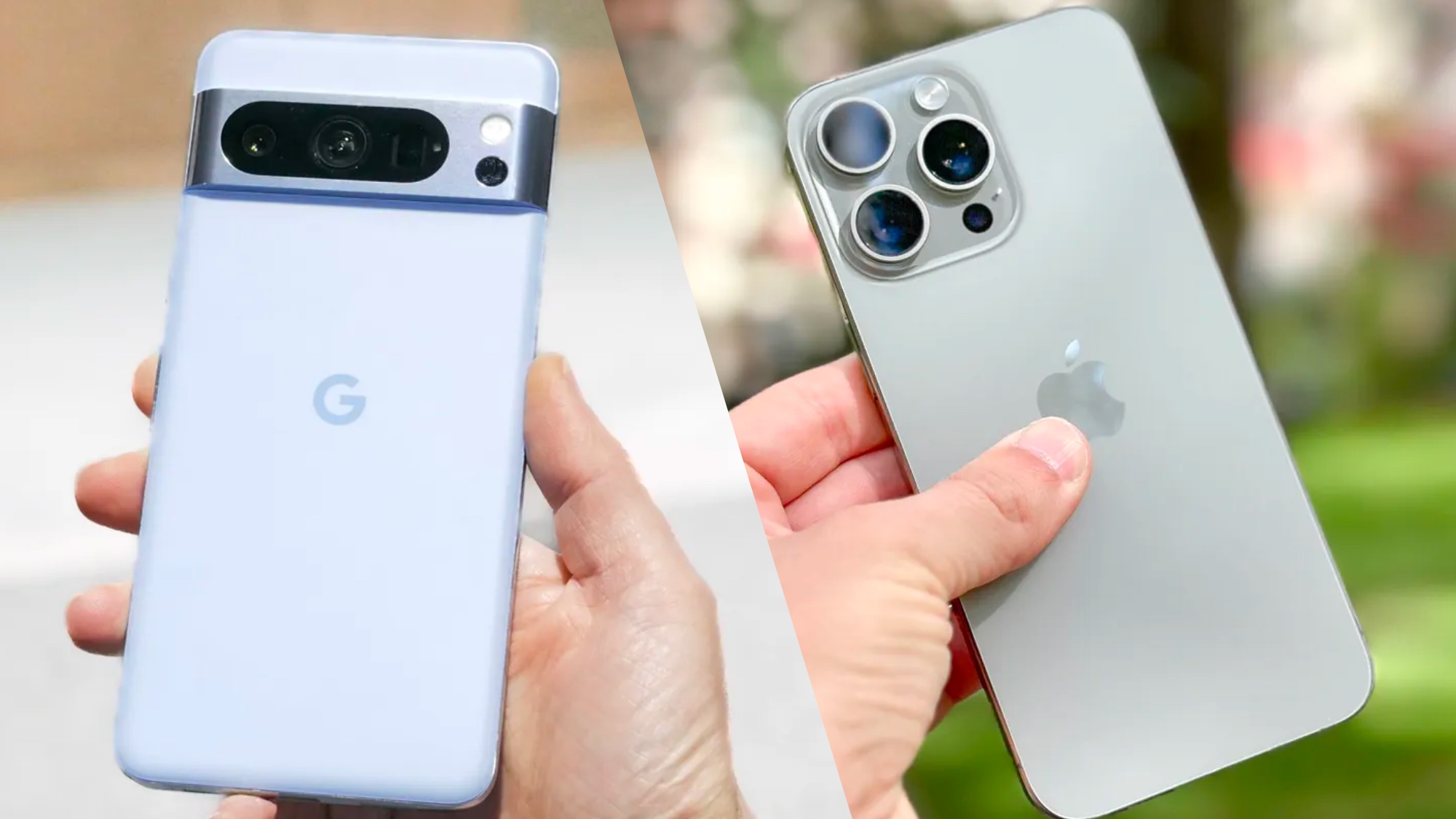
The Google Pixel 8 Pro is now officially here. There’s a lot to take in this year, especially on the software side of things. In fact, the Pixel 8 Pro offers even more AI features this time around — especially in the camera department.
The question is how Google’s latest compares to the other big phone launch of the fall: the iPhone 15 Pro Max. We referred to the phone as “the ultimate upgrade” in our iPhone 15 Pro Max review, thanks to the sheer number of upgrades and extra features Apple packed into the phone.
Google’s going to have a hard time trying to supplant Apple’s position at the top of our best phones list. But, despite everything the Pro Max has to offer, there are still plenty of features it’s missing out on. Here are 7 ways that the Google Pixel 8 Pro beats the iPhone 15 Pro Max.
AI camera features

The iPhone 15 Pro Max is one of the best camera phones based on our testing, but the Pixel 8 pro may have it beaten when AI is concerned. Or rather, the way Google is able to utilize AI and give users better control over the photos they take. Pixels have been doing this for a while, especially after the launch of Magic Eraser on Pixel 6, but the Pixel 8 Pro pushes things even further.
This year the Pixel 8 Pro comes with Magic Editor, which uses generative AI to let you change the way your photos look, as well as Best Take that captures multiple photos to ensure a single awkward expression doesn’t ruin a group photograph. A Zoom & Enhance feature is also coming soon that helps fill in any gaps that may be more visible at higher magnification.
Video Boost will also launch later this year, giving you the chance to improve the quality of any videos you take. This includes a video-centric version of Night Sight for use in low-light conditions. While this can only be done on the cloud, rather than your device, it means your videos get to enjoy the same AI enhancements as your photos.
Audio magic eraser
If you thought Magic Eraser was great for improving photos, Audio Magic Eraser might just blow your mind. If you’ve ever had a video that’s been ruined by some stray background noise, whether it’s traffic, wind, construction, barking dogs or something else entirely, the Pixel 8 Pro can pull it out entirely.
Sign up to get the BEST of Tom's Guide direct to your inbox.
Get instant access to breaking news, the hottest reviews, great deals and helpful tips.
iPhone 15 Pro Max owners will have to try and record footage without that pesky sound getting in the way. Which is easier said than done, especially if you’re capturing something in a spur-of-the-moment situation. It’s much easier to shoot away, get the footage you need, and let AI handle all the stuff you don’t want to be there.
Pro camera controls
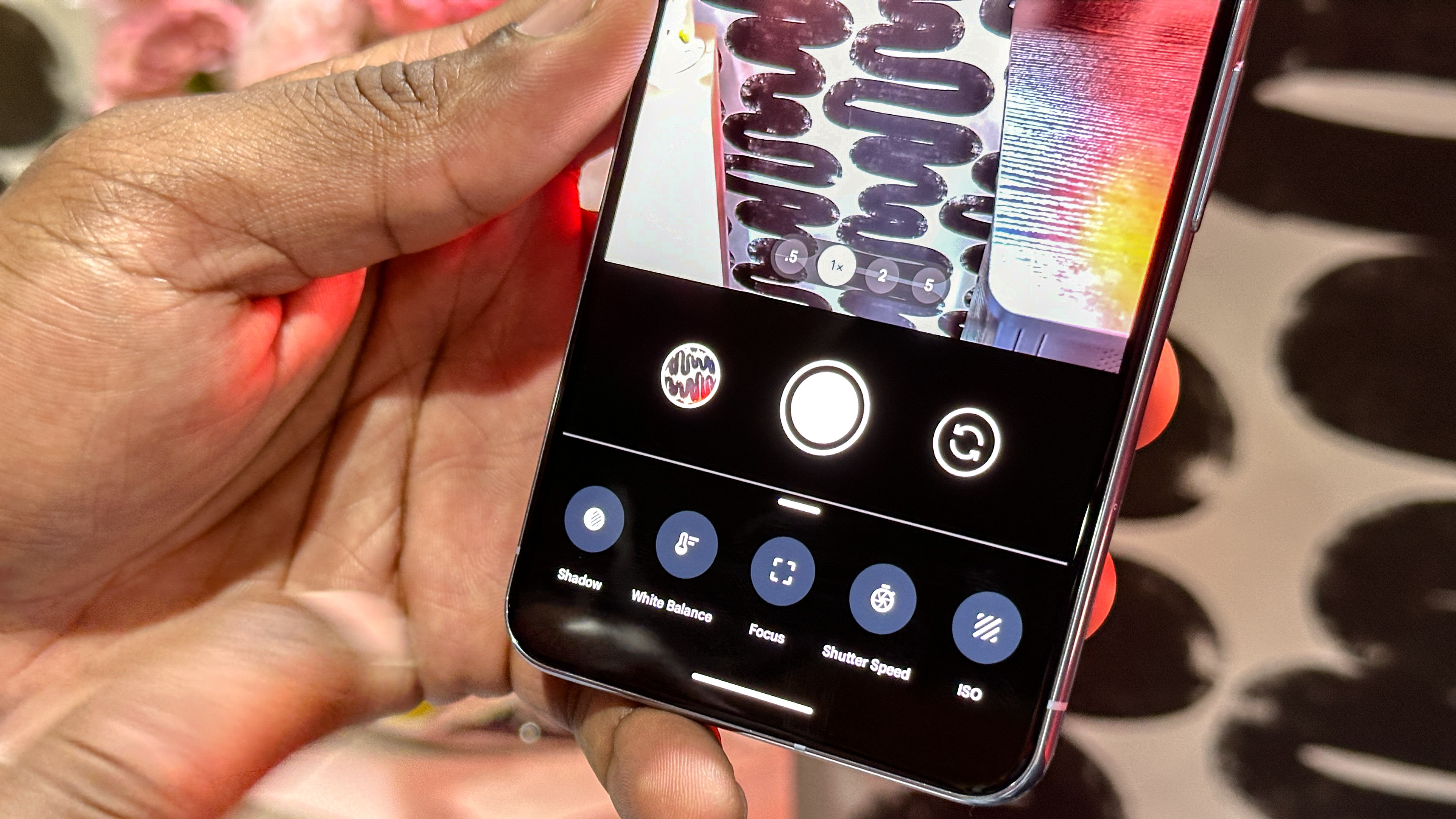
Apple has been including a ProRAW setting for a couple of years now, but it seems like the Pixel 8 Pro could have it beat in terms of creative control. Like the Samsung Galaxy S23 Ultra, the Pixel 8 Pro lets you tweak all sorts of camera settings.
We're talking about shutter speed, white balance shadow, ISO, focus and more. The camera even lets you shoot photos in RAW format, and at the full 50MP resolution. These are the kinds of things that serious photographers will want to fine-tune, that some phone makers keep locked away for the sake of simplicity.
For now it seems the Pixel 8 Pro has a serious edge in the photography world.
A brighter display
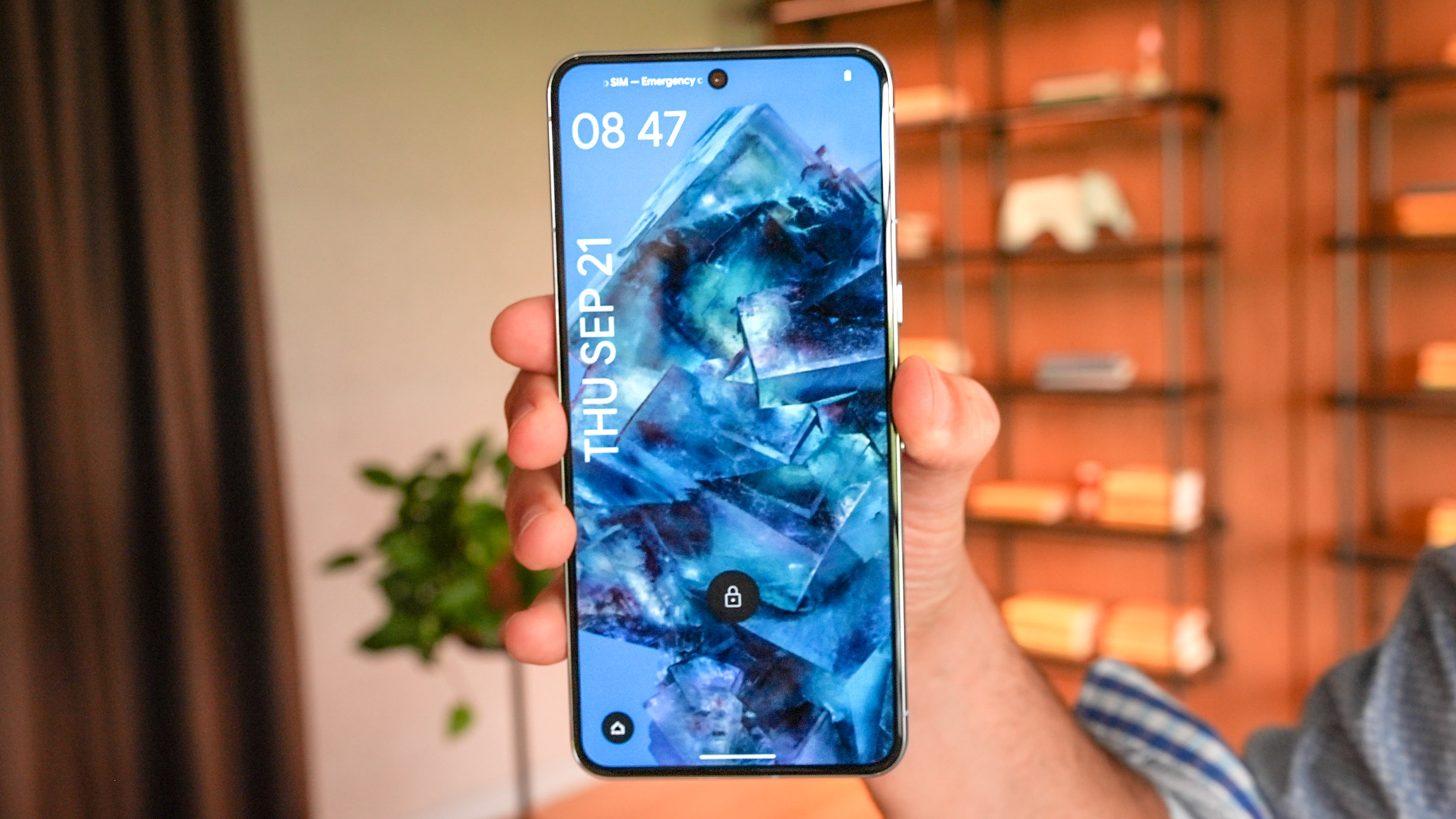
A brighter display comes with a lot of benefits, least of all the ability to see your phone screen more clearly outdoors or in other brightly lit environments. And, as screen brightness is concerned, Google’s Super Actua display could be the brightest one around — even brighter than the iPhone 15 Pro Max.
According to Google, the Pixel 8 Pro can reach 1,600 nits of HDR brightness, and has a peak brightness of 2,400 nits. The iPhone 15 Pro Max has the same HDR brightness, per Apple’s official specs, but its peak brightness tops out at 2,000 nits. That's quite a bit lower.
In our testing the iPhone 15 Pro Max scored 1,550 nits of HDR brightness. That’s not much lower than the official numbers, but it will be interesting to see how the Pixel 8 Pro fares in similar conditions. But, for now, it seems as though Google’s flagship could be easier to see in direct sunlight.
7 years of software support
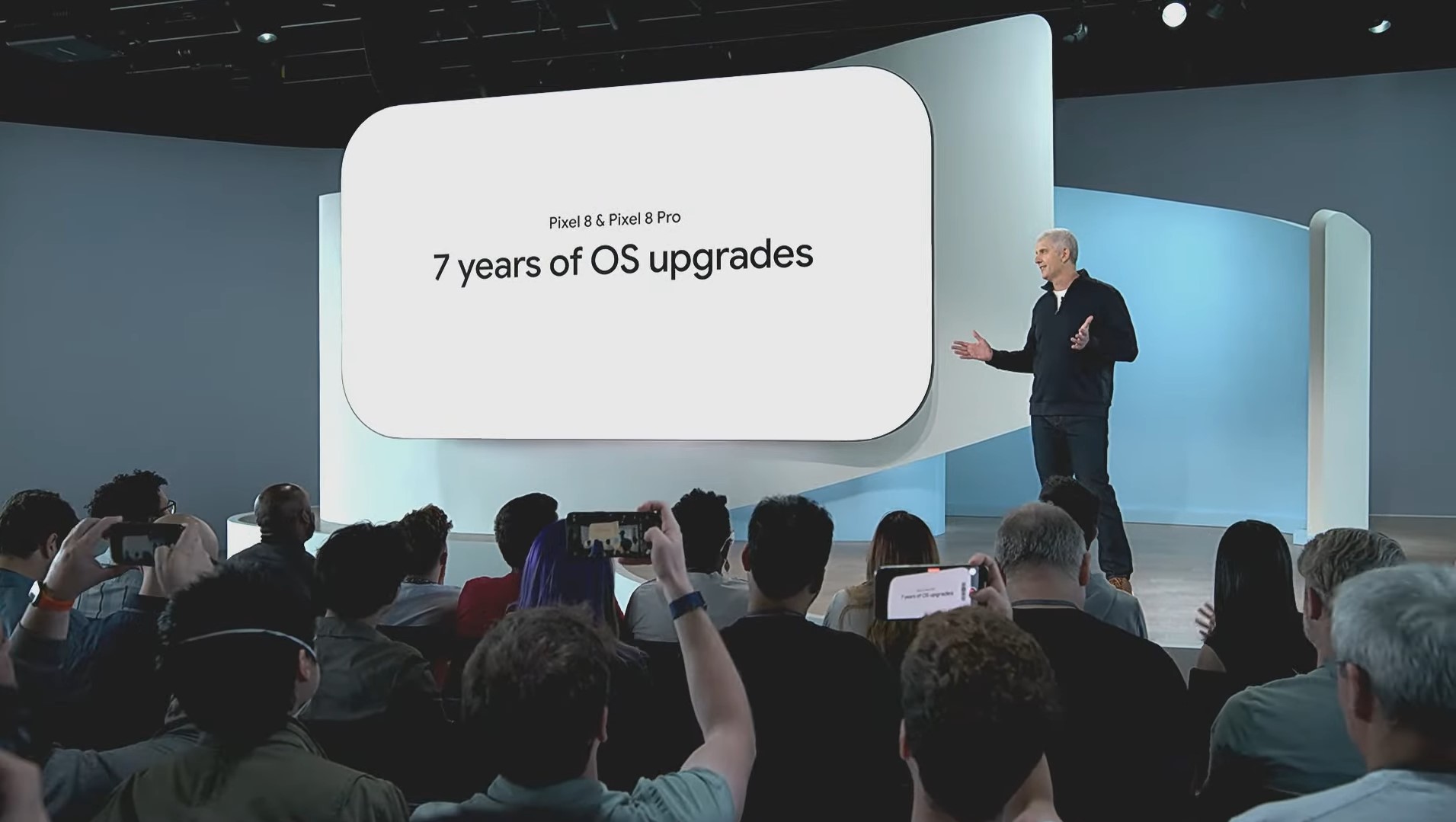
Apple is usually pretty good at offering long term software support for its phones, but the amount of support you get is inconsistent. Right now it’s impossible to say how long Apple will grant full iOS updates to the iPhone 15 Pro Max, though iOS 16 and iOS 17 both locked out iPhones released more than five years previously.
The Pixel 8 Pro, on the other hand, has a promised seven years of software updates. That takes us to 2030, and the release of what we can only assume is going to be called the Google Pixel 15. The pledge includes full software updates as well, including new Android versions, Pixel feature drops and security updates.
Apple could step up and ensure the iPhone 15 Pro lives on beyond 2030, but there’s also a good chance that it won’t. Without a hard expiration date on the phone’s access to full iOS updates, it gives the Pixel 8 Pro a pretty clear advantage.
Built-in temperature sensor
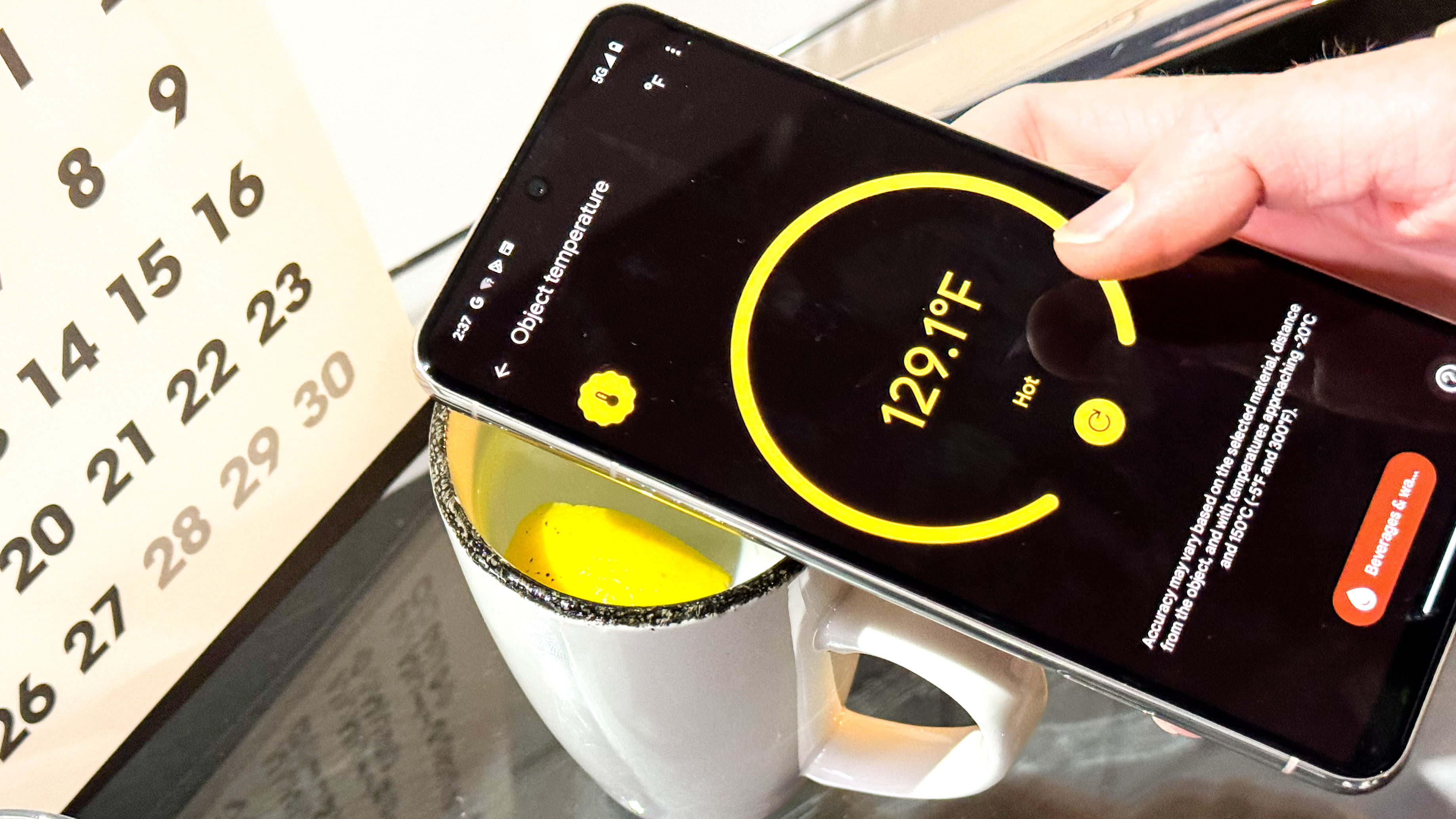
This feature would have been a lot more useful during the Covid pandemic, but we are still very interested in the Pixel 8 Pro’s object temperature sensor. Yes, it’s a gimmick, and Google still needs FDA approval before you’re officially allowed to use it on people. But this feature could prove useful.
For example, you could measure the temperature of baby's milk or measure the pavement to see how hot it is before you walk the dog. There's lots of possibilities with this sensor, but we need to fully test it to see how accurate the Pixel 8 Pro is.
A lower price tag
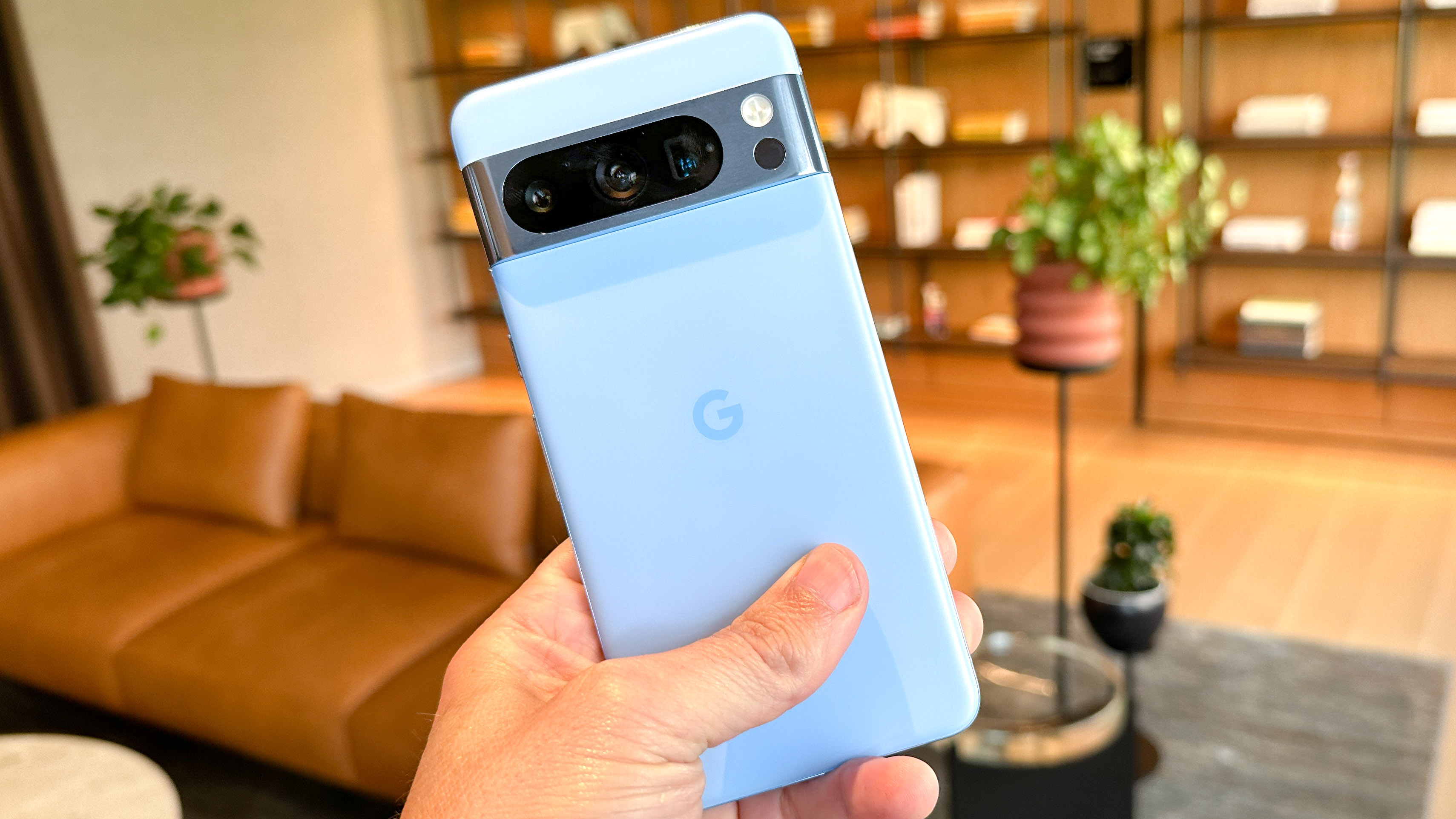
One of the main benefits to buying a Google Pixel is that it’s often considerably cheaper than its rivals. That’s still true of the Google Pixel 8 Pro, which starts at $999 compared to iPhone 15 Pro Max’s $1,199. Sure, the Pixel 8 Pro is $100 more than the Pixel 7 Pro, and it only starts at 128GB compared to the iPhone’s 256GB.
But price hikes don’t change the fact that the Pixel 8 Pro is the cheaper option overall. Not only does the phone itself cost less to start with, upgrading to additional storage tiers only costs an extra $60 per level — while Apple charges $200 for each subsequent tier on the Pro Max. So long as Google plays its cards right, that should stay one of the major Pixel selling points.
More from Tom's Guide

Tom is the Tom's Guide's UK Phones Editor, tackling the latest smartphone news and vocally expressing his opinions about upcoming features or changes. It's long way from his days as editor of Gizmodo UK, when pretty much everything was on the table. He’s usually found trying to squeeze another giant Lego set onto the shelf, draining very large cups of coffee, or complaining about how terrible his Smart TV is.
